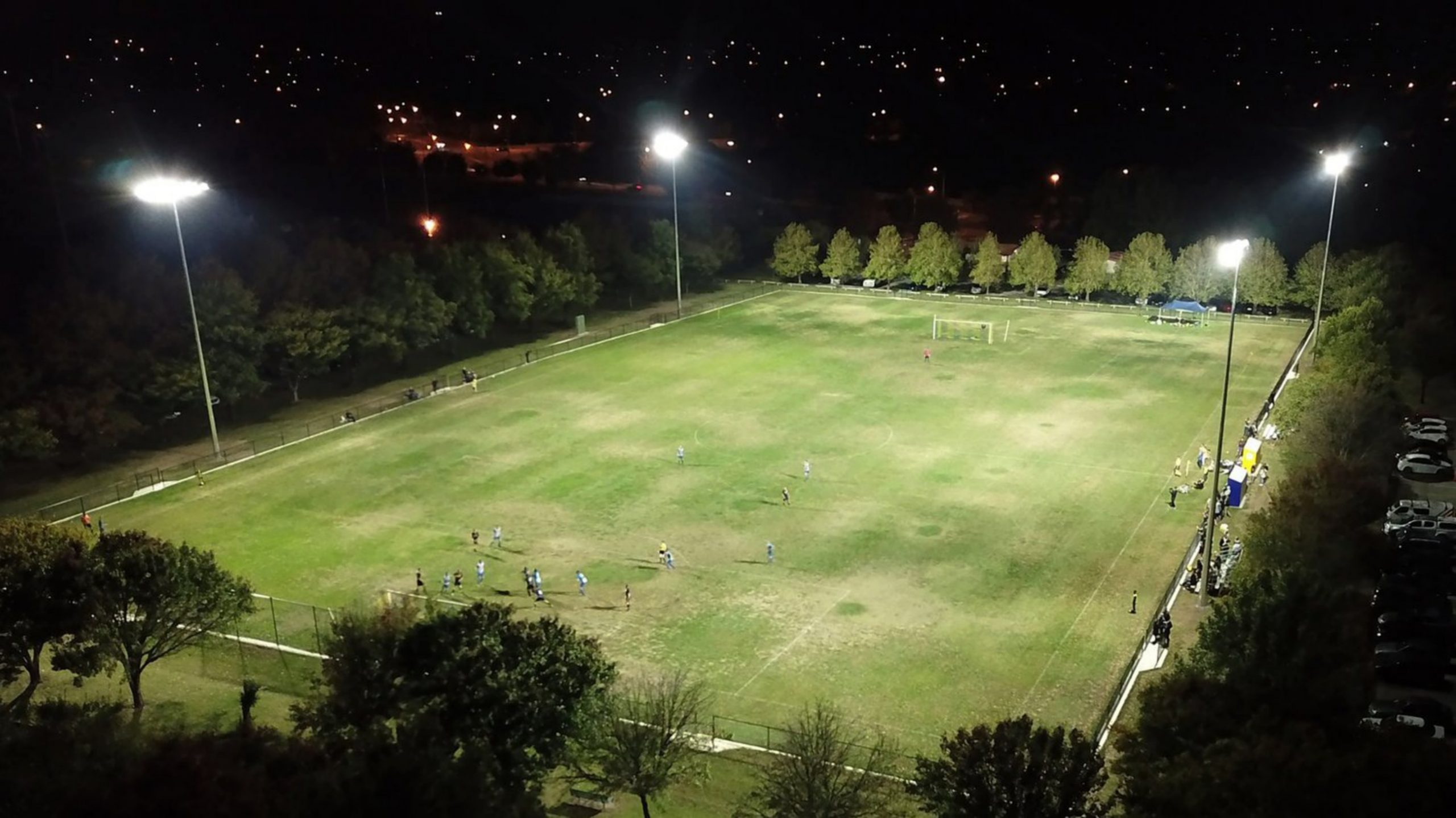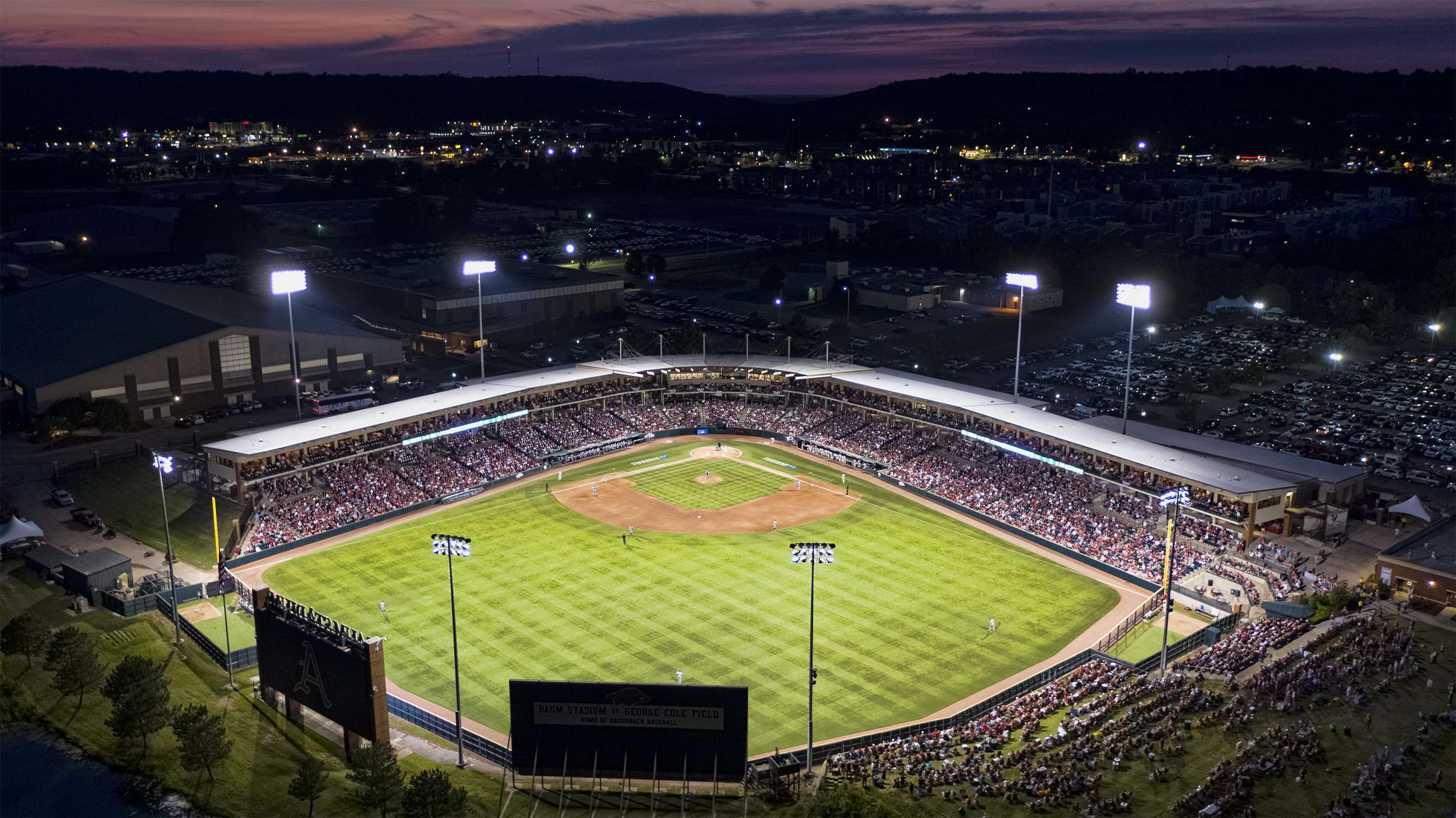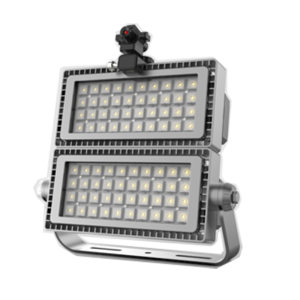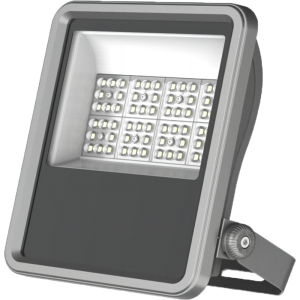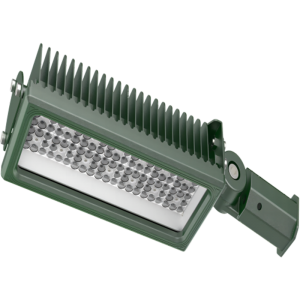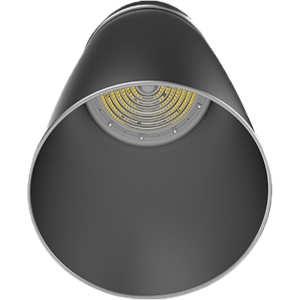Baseball Field Lighting Standards
In the realm of baseball, the standard level of brightness for field lighting plays a fundamental role in the game’s dynamics, especially during evening or night games. This brightness, measured in lux, varies significantly across different levels of play, from youth leagues to major leagues, ensuring optimal visibility for players, enhancing the overall experience for spectators, and maintaining safety standards. The precise level of illumination required depends on factors such as the field’s size, the level of competition, and the specific needs of the players and audience. This careful calibration of light levels is not just about enabling visibility; it’s about preserving the integrity and enjoyment of the game under various conditions. Below is a table that outlines the recommended illumination levels in lux for different levels of baseball play:

These values provide a general guideline for appropriate lighting levels, ensuring that each game, irrespective of its level, is played under conditions that meet both safety and performance standards.
Baseball Field Dimensions
The detailed dimensions of baseball field lighting encompass a range of technical specifications designed to optimize visibility and enhance the playing experience. These detailed dimensions are not only vital for the functional aspect of the lighting system but also play a significant role in meeting regulatory standards and environmental considerations.
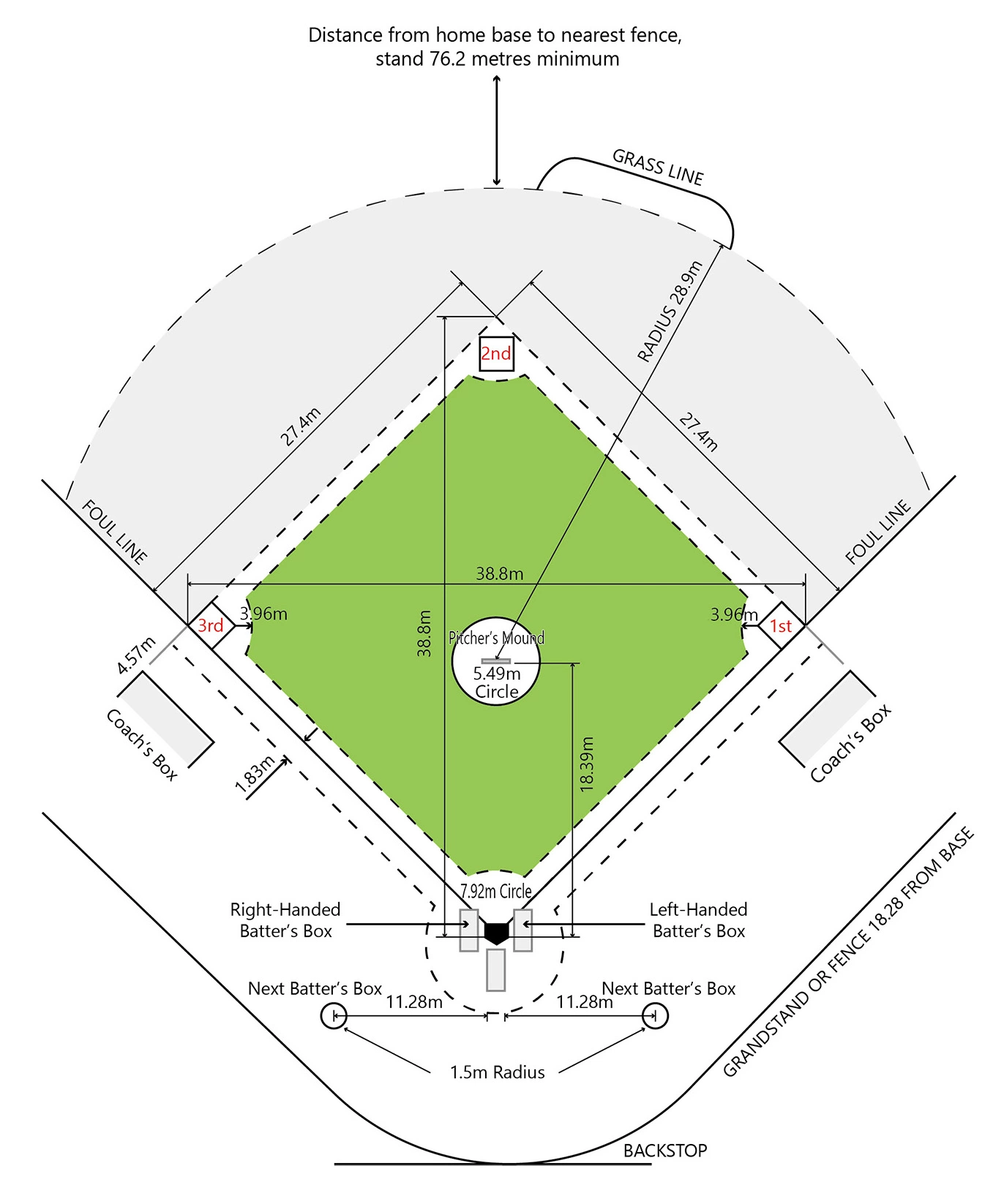
Baseball Field Light Pole Specifications
Baseball Field Lighting Poles Height
When designing and installing lighting for a baseball field, the height of the light poles (or “light towers”) and the design of the lighting system are crucial for providing adequate illumination for play while minimizing glare and light spill. Here’s a general guideline:

Baseball Field Lighting Poles Position
The placement of light poles is strategically planned to provide uniform illumination across the field, minimizing shadows and glare. Common positions include:
- Behind the home plate area, angling towards the outfield.
- Along the baselines, extending into the outfield.
- Around the outfield perimeter, facing inwards towards the field.


